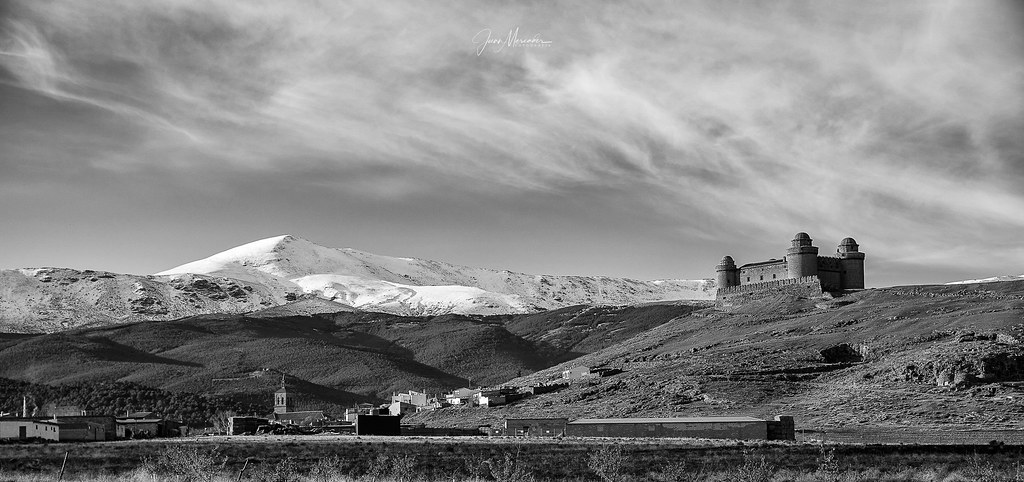#castillo de la calahorra
Text



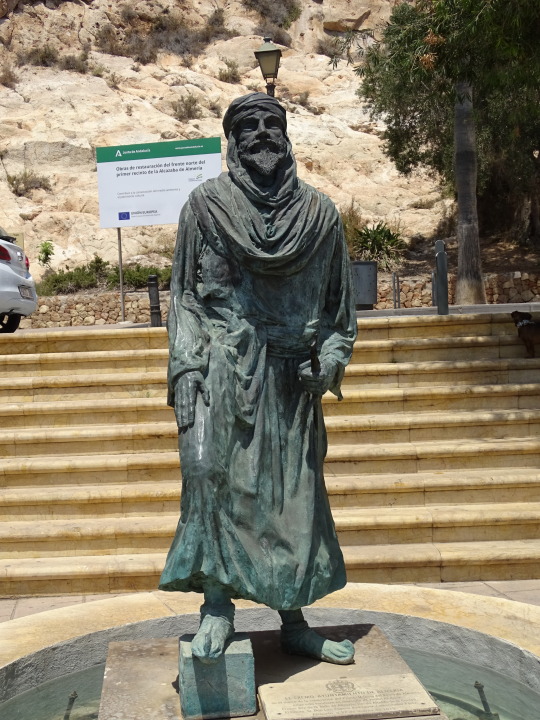
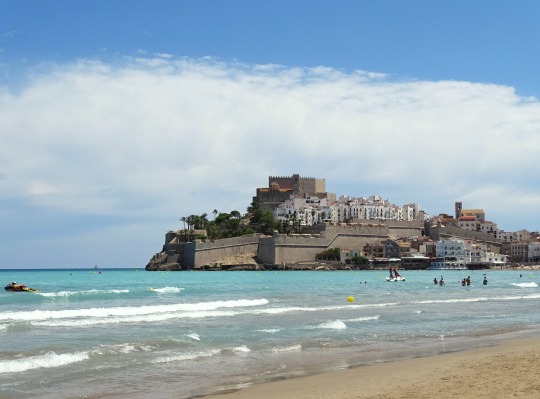


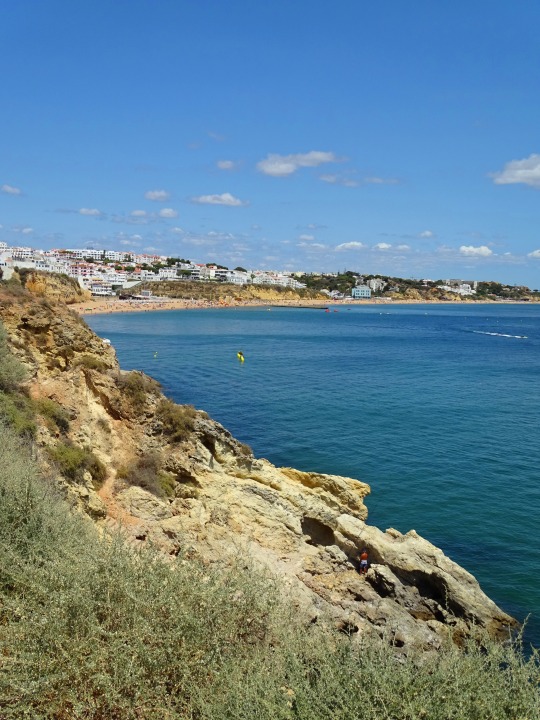




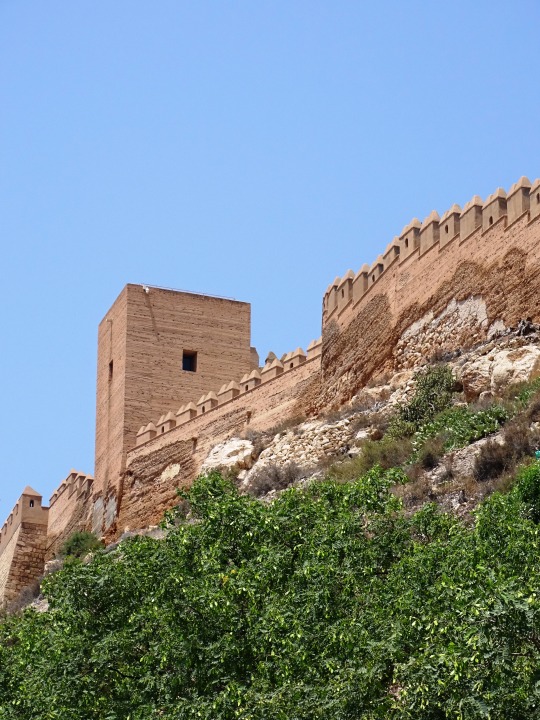

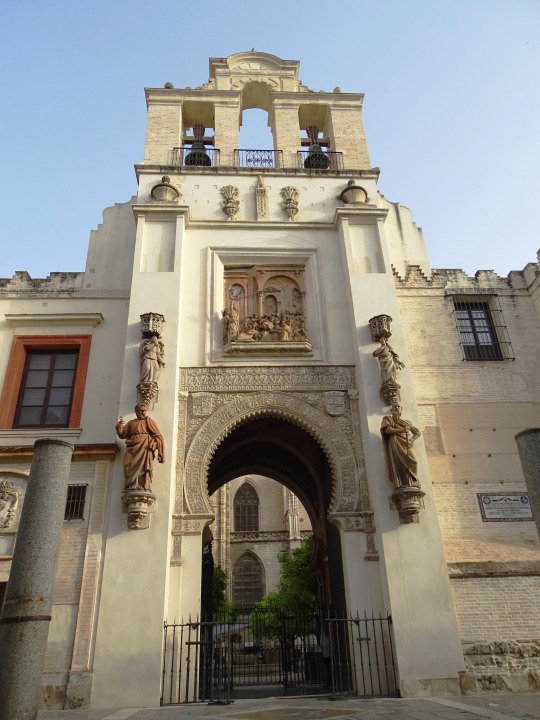

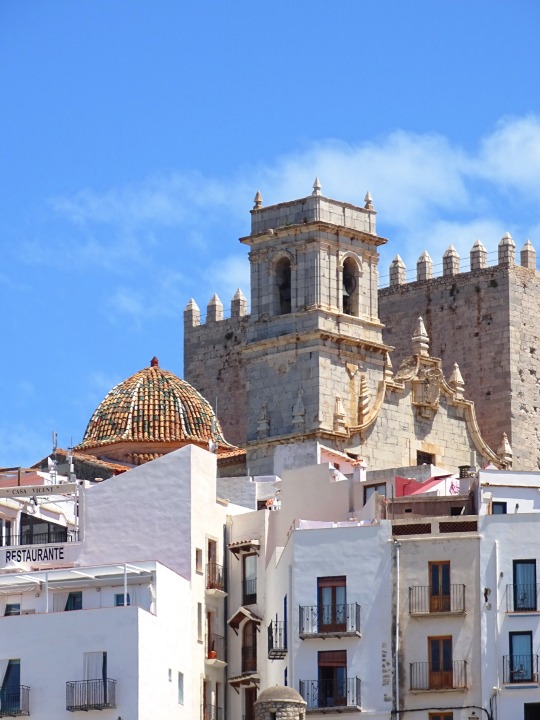



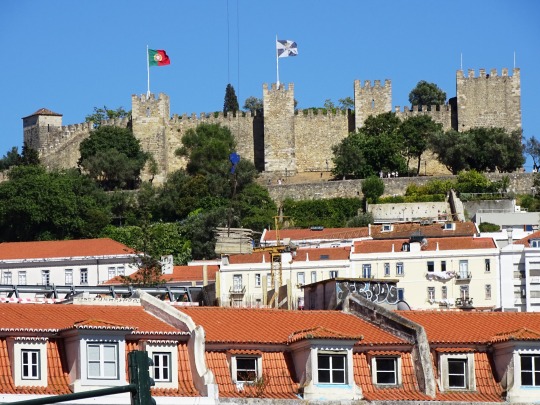
Islamic conquest of Hispania: Moorish troops led by Tariq ibn Ziyad land at Gibraltar to begin their invasion of the Iberian Peninsula (Al-Andalus) on April 27, 711.
#Alcazaba y Murallas del Cerro de San Cristóbal#Almería#Jayran al-Amiri#Reales Alcázares de Sevilla#Islamic conquest of Hispania#Tariq ibn Ziyad#begin#invasion#Iberian Peninsula#Spanish history#travel#Portuguese history#summer 2021#original photography#Sevilla#Castillo De La Calahorra#São Jorge Castle#Lisbon#Portugal#Spain#España#Gate of Forgiveness#Seville Cathedral#Castelló de Farfaña#Castillo de Peñíscola#Mediterranean Sea#Albufeira#Atlantic Ocean#vacation#27 April 711
7 notes
·
View notes
Text
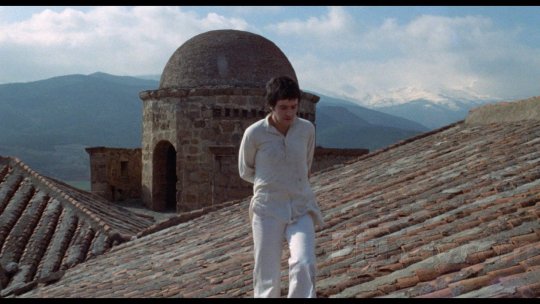
David Essex on the roof of Castillo de La Calahorra. "Stardust" by Michael Apted (1974) 🎬 📽️ (Guadix)
3 notes
·
View notes
Text
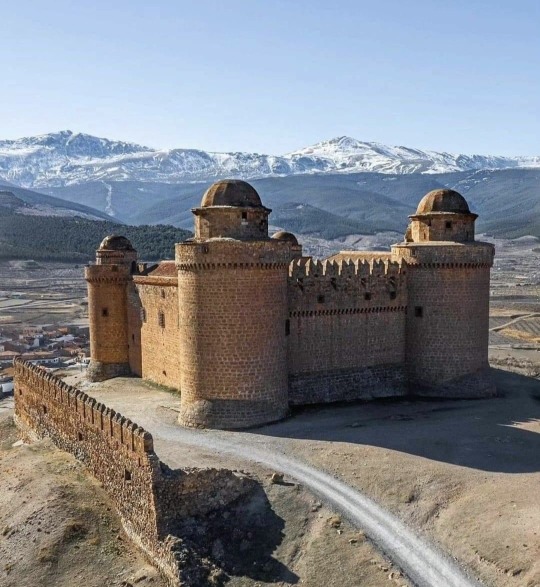
De castillos y princesas.
Castillo de la Calahorra. Granada
56 notes
·
View notes
Text
Art in HotD - Episodes 1x06 & 1x07
(more art in Westeros) (more art in HotD)
I’m merging the past two episodes not only because I’ve fallen behind on my own account, but because the show has slowed down with the new locations and artifacts - for the moment, at least.
The most notable new location in episode six is the castle Prince Reggio of Pentos gifts Daemon and Laena. It is in fact a real location, the Castillo de la Calahorra in Andalusia, Spain. It’s a fortress/palace built in the early 16th century with the outer walls in the Moorish style and the inner space in the style of the Italian Renaissance; even the materials and the stonemasons were imported from Italy.

(pictures from lossietereinos.com)
The Italian Renaissance style matches what is suggested to be the vibe of the Free Cities, with their Valyrian-based language (so essentially the equivalent of a Romance language) and artistically forward culture, juxtaposed with the more medieval Westeros. According to the behind the scenes featurette, the areas of the castle they were allowed to film in were limited for safety reasons. As a matter of fact, scenes are only filmed in the exteriors, in the room with the fireplace, and in the “library”.
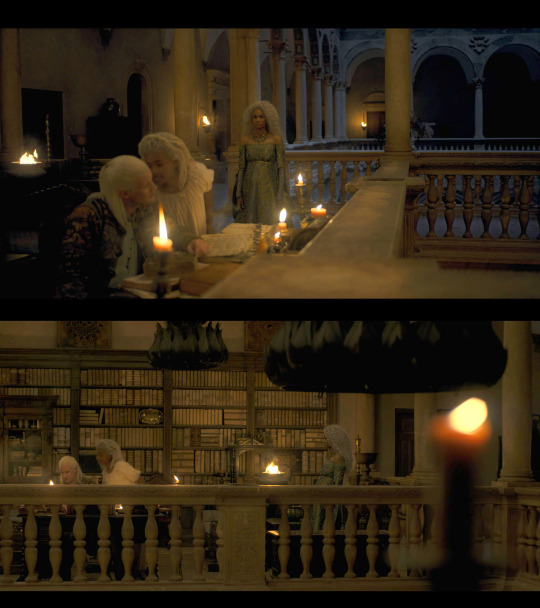
The latter makes for an interesting visual, because it’s very unlikely for a library to be placed semi-outdoors, so I suspect this is also a choice dictated by having to make the most of the few locations they were allowed to use. But we are watching a fantasy story, and creating this slightly uncanny space for what we usually expect to be a closed environment almost feels like a callback to the art trope of the capriccio, where familiar architectural and landscape elements were combined in creative and fantastical ways, often mixed with ancient ruins.
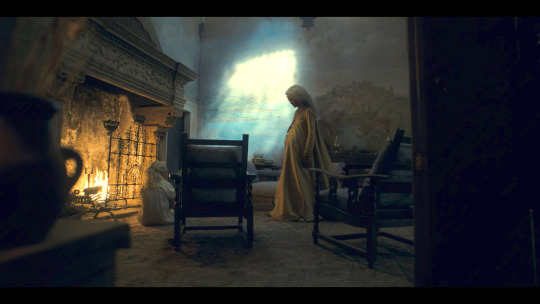
The fresco in Baela’s room, depicting the castle overlooking the coast of Pentos, is quite obviously an addition by the show’s art department as the walls in that room were actually blank. The style mimics the airier, naturalistic Renaissance landscapes rather than the ornate international gothic we’ve seen in Westeros. And now, back to the western continent:
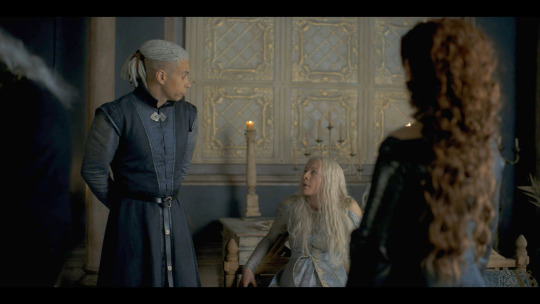
It’s the ten years time jump episode and the Red Keep is the same as we left it - except for Alicent’s chambers. Most notably, she covered the Valyrian frescoes depicting dragon orgies with nondescript ornate panels. This signifies that she stopped trying to fit in an environment where she will always be treated like the odd one out and pushed aside, and started carving a space of her own, beginning from her living quarters. It’s also a pivot towards a distinctly puritanical direction to mark her difference from “scandalous”, brazen Rhaenyra; the room is also full of candles and seven branched candelabra, which are instruments of worship in the Faith of the Seven.
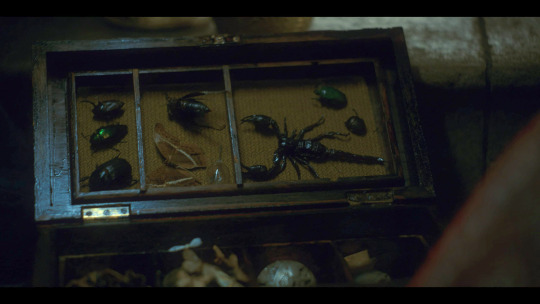
Helaena’s bug box... also a mini wunderkammer.
Speaking of Alicent, this is a parallel many have drawn, but a lot of her styling, especially post time jump, is reminiscent of pre-raphaelite aesthetics and generally 19th century takes on the archetype of the medieval lady:
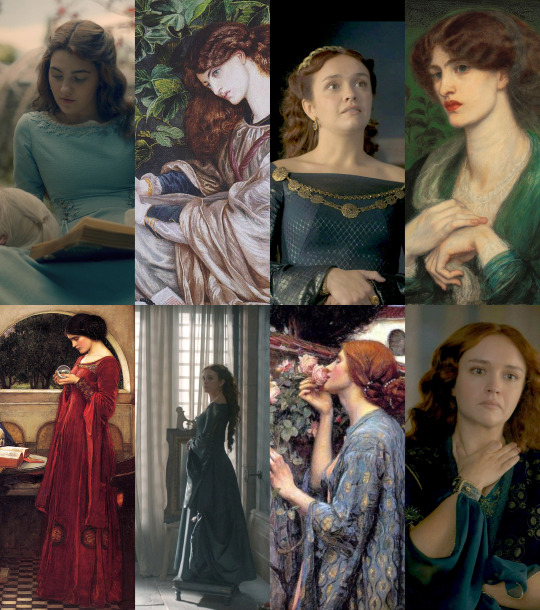
The 19th century medieval revival still has a lasting impact on the common perception of how a vague notion of “Middle Ages” is supposed to look like, and it’s an aesthetic that trickled over to fantasy. Women’s looks especially tend to be a lot softer in pop culture than they actually were; if we look at art from the 13th century onward it’s rare to see a woman with her hair completely let down (unless it’s an allegorical paiting of some kind), they usually had pretty structured hairdos and/or head coverings. A high forehead was considered beautiful so they often shaved their hairlines, something that looks jarring to the modern (post-industrial?) eye. Clothes were also very structured (though, I’d argue, not as structured as in later eras starting from the late Renaissance) as opposed to the comfy, flowing robes the pre raphaelites often liked to paint.
What does this have to do with Alicent? I think it’s important for her to look like THE medieval lady, because from her point of view she is living a paradox: she is conforming, she is doing everything that has been asked of her to fulfill her role, but she has been planted in a foreign garden (though ironically it’s more like she is the native flower in the enclosed garden of exotic plants that is the Targaryen court). We, as the viewers, have to identify her as someone living within a certain conventional tradition that is at odds with what the Targaryens have going on, their costume design itself borrowing from Western as well as Eastern influences (byzantine, Russian, but also East Asian as we’ve seen in the Valyrian wedding of episode 7). The 19th century medievalist art was also deeply linked to theater; I’m just giong to leave this here.
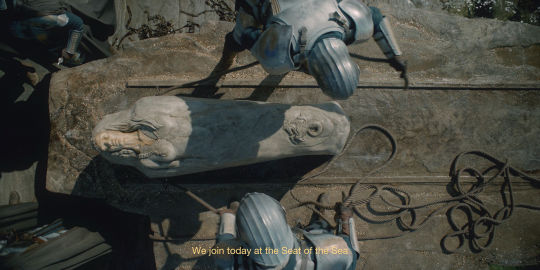
Just a couple of notes on episode 7. The actions takes place in sets we’ve mostly already seen, but there are still a couple of new artifacts worth looking at at High Tide. One is obviously’s Laena’s stone sarcophagus. It’s reminiscent both of ancient Egyptian sarcophagi and of western tombs of nobles and royalty, where the gravestone often had a sculpted relief, or all around statue, of the dead subject depicted lying down in eternal sleep. In the BTS it’s explained that the whole island is supposed to be built upon the sarcophagi of the ancestors piling up (!).

This scene and the lore that accompanies it, especially when bookended by the wedding at the end of the episode, does a good job of subtly communicating the diversity of Valyrian culture, implying that - just like in the usual Roman Empire analog - it was religiously as well as ethnically diverse. The Velaryons have a whole set of traditions related to the Merling King and the cult of their own ancestors that don’t seem to belong to Targaryens, who in turn have their own mythos surrounding dragons and blood magic. Yet both families claim to be 100% Valyrian and they acknowledge each other as such. How someone can prefer a version of the lore where “Valyrian” is an ethnic and cultural monolith escapes me, but I’m digressing.

Speaking of ancient civilizations: in the funeral scene, Corlys gifts a horse miniature to Luke. In Greek mythology horses were a symbol of Poseidon, and the seahorse is the sigil of House Velaryon, so it tracks with their identity as seafarers; however, the toy here seems to be a copy of a mid-20th century Etruscan inspired sculpture that you can easily buy online if you google “Etruscan horse figurine”. It’s a bit like the pre raphaelite Alicent look: we are informed of the Velaryons’ connection to an archaic world not necessarily through authentic archaic art, but through the version of it that’s already been filtered through the modern gaze.
That about wraps it up for now! I don’t know how many new artistic references we will encounter in the final three episodes so I might do another merged post. Or not! So much keeps going on! Thanks for reading!
136 notes
·
View notes
Text
El castillo de la Calahorra
El castillo de la Calahorra y Sierra Nevada en invierno.Fotografía publicada en Granada hoy.
PANORAMICA DEL CASTILLO DE LA CALAHORRA. GRANADA

View On WordPress
0 notes
Photo
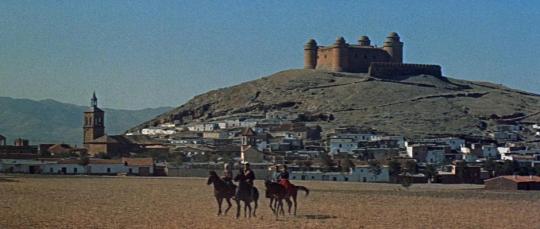
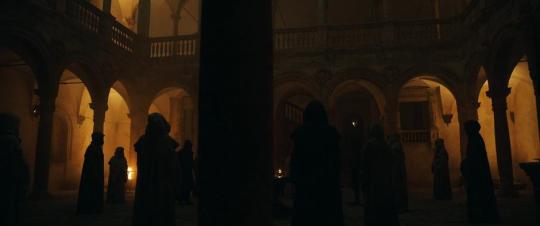
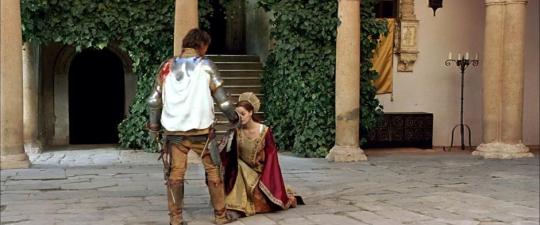
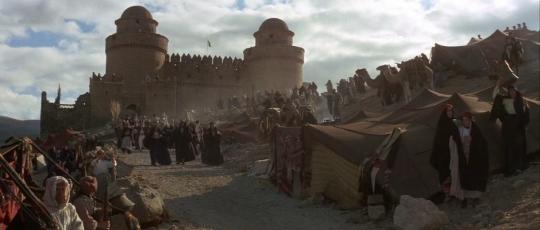

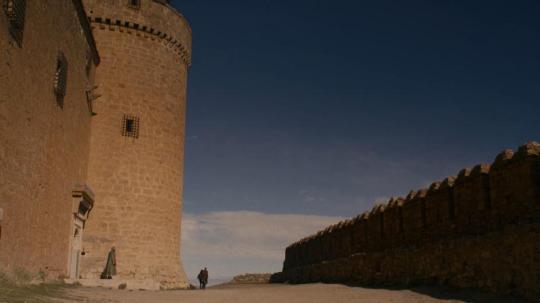


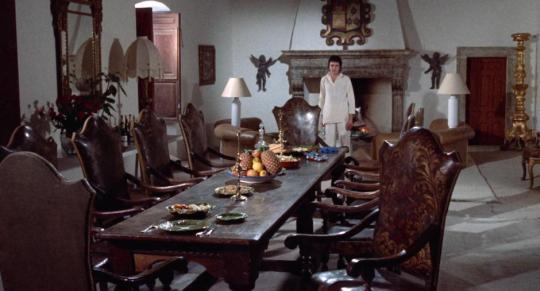
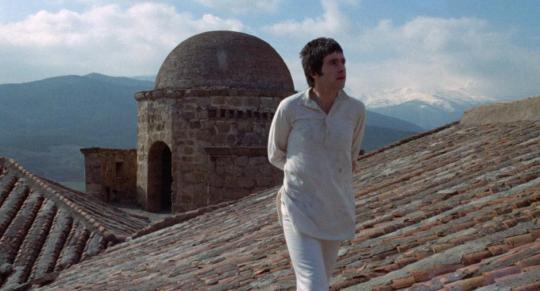
Popular Locations Wednesday
Spain’s Castillo de La Calahorra
Castillo de La Calahorra was constructed in 1512 and is one of the first Italian Renaissance castles built outside Italy.
The castle can be seen above in Action of the Tiger, Assassin's Creed, The Maidens' Conspiracy, The Wind and the Lion, Emerald City, Inés of My Soul, and Stardust.
It will also be used in the upcoming House of the Dragon.
#castillo de la calahorra#action of the tiger#assassin's creed#the maidens' conspiracy#the wind and the lion#emerald city#inés of my soul#stardust#popular locations#spain
4 notes
·
View notes
Photo

Rodaje de la serie Inés del alma mía en el Castillo de la Calahorra en Granada.
#inés del alma mía#Ines of My Soul#castillo de la calahorra#granada#Ismael Martínez#Eduardo Noriega#alejandro bazzano#period drama#rtve#tve#tve1#serie de televisión#grupo boomerang#amazon prime video#Chile Vision
0 notes
Photo

La Calahorra by blasfuentes
1 note
·
View note
Video
Castillo de La Calahorra por Juan Mercader
Por Flickr:
La Calahorra, Granada
#Andalusia#Calahorra#Granada#Olympus#Paisaje#Spain#blancoynegro#castillo#castle#eurrope#fotografia#landscape#nieve#photographer#photography#pueblo#La Calahorra#Provincia de Granada#España
5 notes
·
View notes
Photo
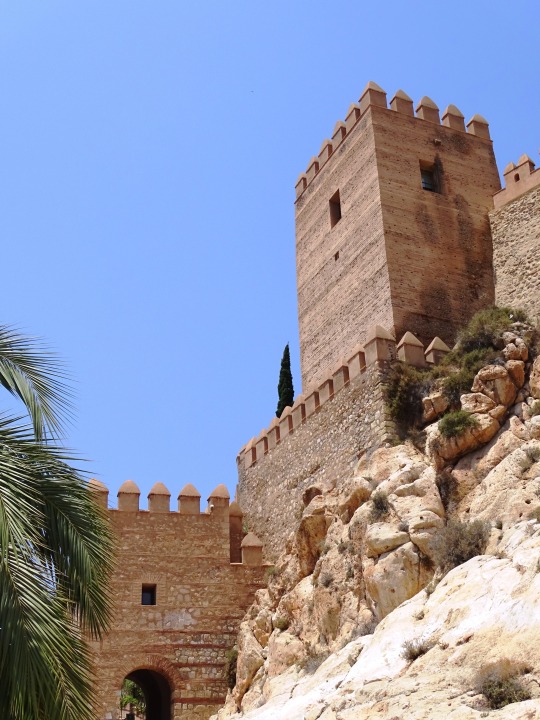

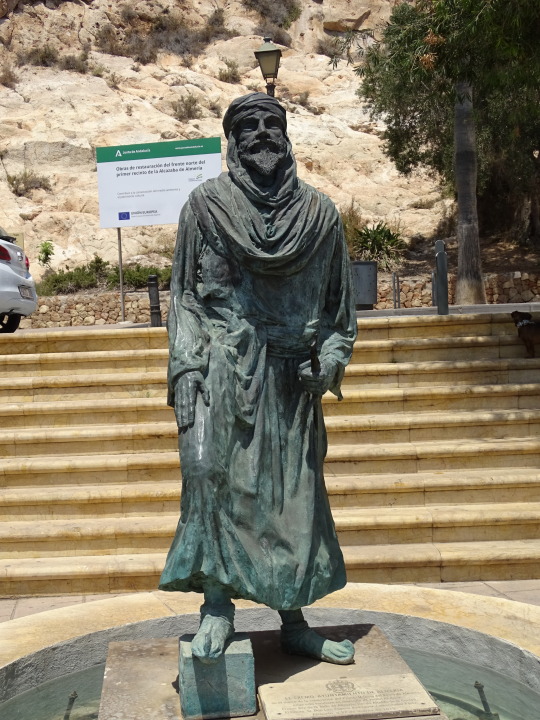

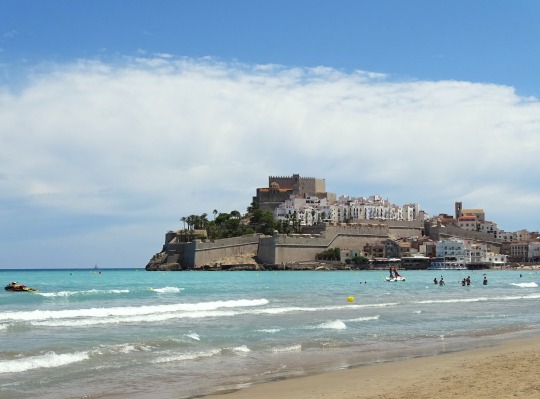

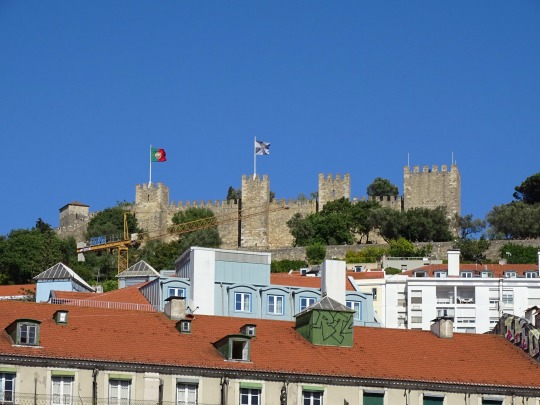
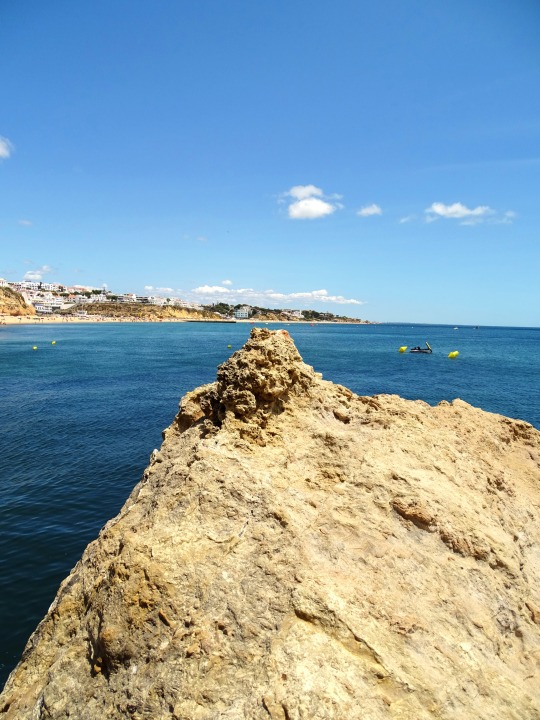


Islamic conquest of Hispania: Moorish troops led by Tariq ibn Ziyad land at Gibraltar to begin their invasion of the Iberian Peninsula (Al-Andalus) on April 27, 711.
#Jayran al-Amiri the first Arab king of Almería#Almeria#Spain#España#travel#Alcazaba y Murallas del Cerro de San Cristóbal#Castillo De La Calahorra#Seviila#Royal Alcázars of Seville#Peñíscola#Mediterranean Sea#Seville Cathedral#São Jorge Castle#Lisbon#Portugal#summer 2021#Albufeira#Atlantic Ocean#Castelló de Farfanya#Castillo de Peñíscola#Islamic conquest of Hispania#27 April 711#anniversary#Spanish history#Portugese history#original photography#architecture#cityscape#tourist attraction
3 notes
·
View notes
Text
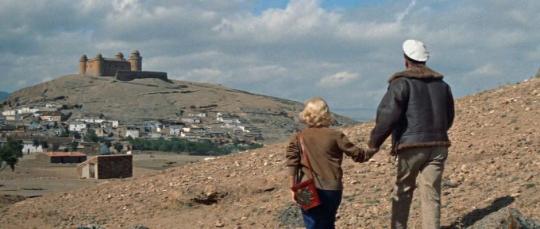
Martine Carol and Van Johnson in front of Castillo de La Calahorra near Guadix "Action of the Tiger" by Terence Young (1957)
0 notes
Photo

Castillo De La Calahorra - highway view
1 note
·
View note
Text
La Calahorra, en el suceso dudoso y aun negado por algunos autores sombre la Batalla del Campo de la Verdad, era que por entonces una pequeña fortaleza o coracha, dando motivo estos sucesos a la leyenda de Ramírez de Arellano, aunque La Crónica de López de Ayala no habla de ella, concediendo por supuesto el historiador cordobés que la batalla no se celebró.

Las referencias musulmanas son bien claras. Las descripciones detalladas de la batalla, algunas hechas por extenso. Hubo pues batalla, como han sostenido todas las fuentes cordobesas y claramente describen también las nazaríes, pero el castillo de la Calahorra no fue importante. Si los granadinos tomaron primero esta coracha no se dice nada, pues se cree que el puente estaba intransitable, puesto que las fuerzas aliadas de Castilla y Granada llegaron a las murallas de la ciudad a nado.
Si se sabe que, el nuevo rey Enrique de Trastámara, mandó reparar el Puente, y hacer más eficiente la fortaleza de la Calahorra. Sccc.
0 notes
Note
What kingdom outside of dorne do you think the alhambra palace would fit in? For instance if renly had decided to build a castle in the Stormlands would that be seen as extremely strange or a sign of his arty ness?
Eclectic, “different” castles have definitely been a thing historically (one of the most striking examples from the medieval period is the octagonal floor plan of Castel del Monte in Andria, Italy). Even the Castillo de la Calahorra that was used in House of the Dragon fall into that category since at that point having Italian Renaissance architecture and decoration in Andalusia would have been a novelty. So yeah, in theory there’s nothing preventing a westerosi noble from building a castle in a different style than what is common in their region; besides, in asoiaf canon, most of the great houses have distinctive, over the top castles, because this is fantasy after all. But if we consider the specific scenario of Renly building himself a castle in a perceived Dornish or Dornish adjacent style… that might raise eyebrows among his main allies the Tyrells, given their history with house Martell; it would be a pretty unconscionable political move on Renly’s part.
ETA: also this other elephant in the room!

9 notes
·
View notes
Photo

Castillo de La Calahorra in Spain by moonlight
5 notes
·
View notes

